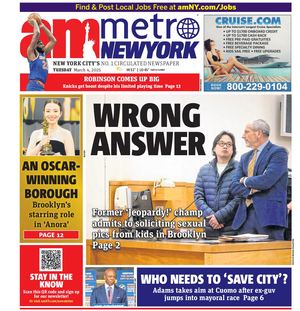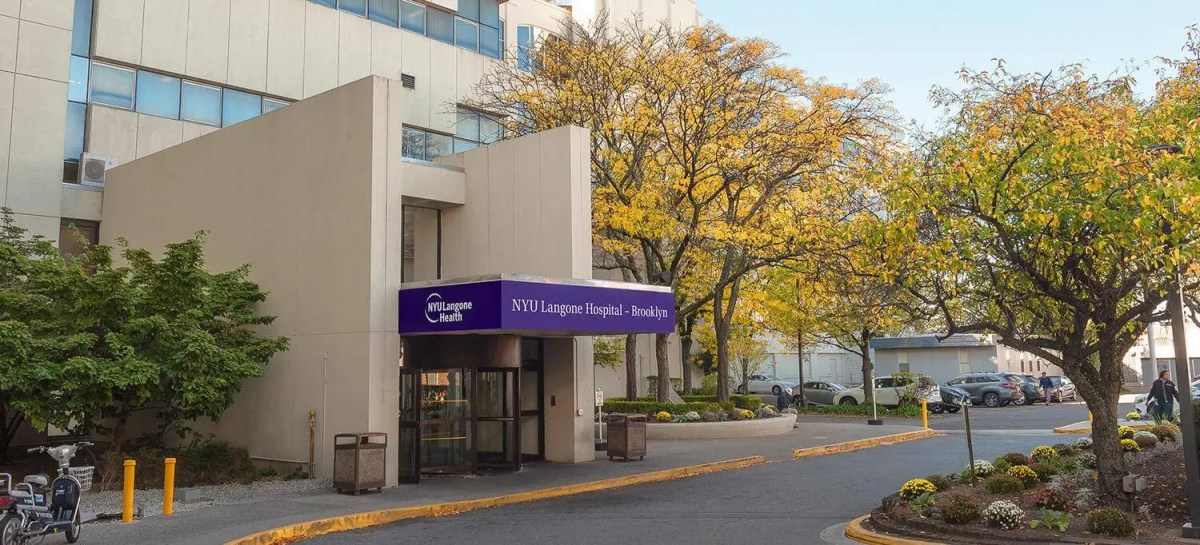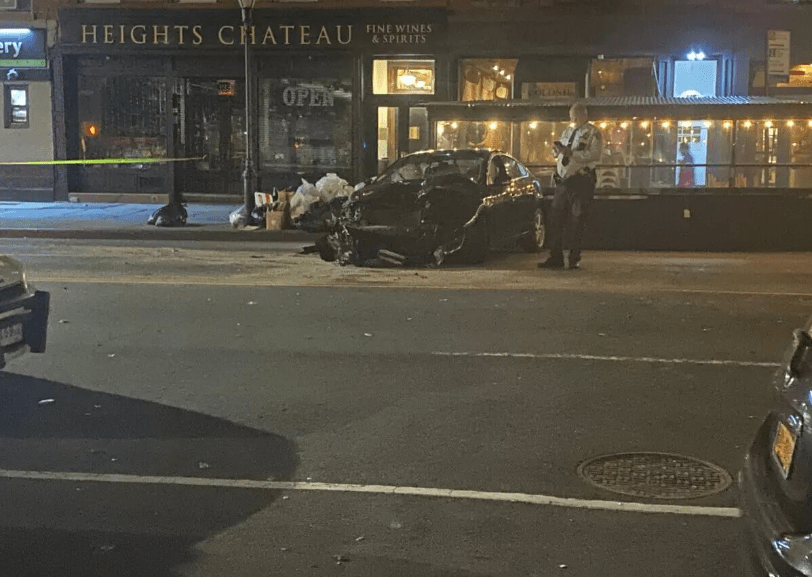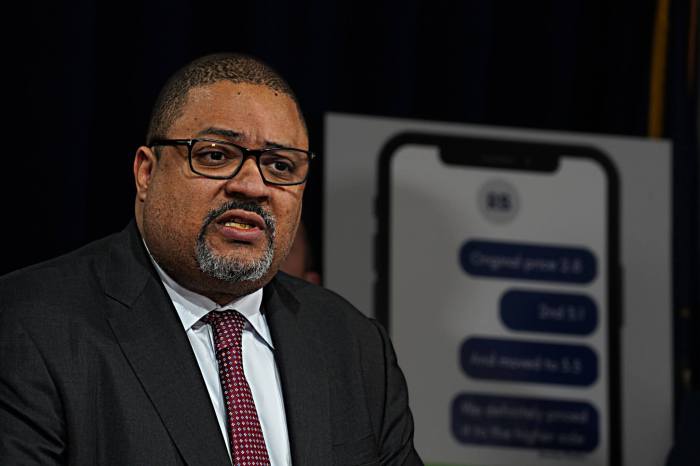From the conflicts raging abroad, to a host of troubling issues here including a rise in hate in our own backyards, so much is at stake as New Yorkers prepare to cast their votes later this year. The choices we make at the ballot box will shape our state, our country, and our world for years to come. Sitting on the sidelines simply isn’t an option.
This June, voters in New York’s 16th Congressional District, which currently encompasses the northern Bronx and much of Westchester County, will head to the polls for one of the most closely-watched Democratic primary contests of 2024. The primary features incumbent Congressman Jamaal Bowman against Westchester County Executive George Latimer.
Too often in the past, New York’s congressional elections have seen embarrassingly low turnout. In fact, the 2022 midterms saw just over 12 percent of the 2.3 million voters with eligible contests actually voted. While that number is likely to rise in a presidential election year, the fact remains that we have a lot of work to do to make sure more New Yorkers are making their voices heard. This benefits us all as, after all, boosting participation in competitive primaries like NY-16 leads to better, more representative outcomes.
That’s why our organization, the Teach Coalition, has launched an ambitious effort through our nonpartisan political advocacy arm, Teach Action Fund, to mobilize an interfaith coalition ahead of the NY-16 primary. Given that the district leans heavily Democratic, whoever wins the primary is likely to be the district’s next representative. In January, we announced a $1.6 million campaign, called “Westchester Unites: Jewish Voters in Action.” Our campaign doesn’t aim to boost a particular candidate, but rather to empower voters through comprehensive outreach, education, and engagement efforts over the course of the next five months to maximize turnout.
Less than a month in, this effort has already borne fruit. Between January 25 and February 14, the state’s deadline to change parties before the election, Westchester County Board of Elections figures show that we managed to re-enroll over 2,000 formerly independant or those enrolled with another party voters as Democrats. That represents 15 percent of the targeted group of voters, outpacing our goal of 10 percent. It’s also a significantly higher conversion rate than other re-enrollment campaigns around the country, which typically might see a two percent conversion rate on the high end.
We achieved this organizing feat through a large-scale engagement campaign. Over the course of two weeks, we delivered seven rounds of direct mail totaling 77,629 pieces, sent 24,876 text messages, and garnered 324,000 video views. We also assembled an army of local volunteers to conduct grassroots outreach, making 6,473 calls and knocking on 1,178 doors.
The message is clear: When you reach voters where they are and remind them that their vote matters, they will get involved. We are just at the beginning of a five-month, multi-phased voter education campaign, and we look forward to deepening those efforts in the months ahead. If we are successful in NY-16, our engagement program could serve as a model for other districts looking to boost turnout — showing voters around the country that in a representative democracy, they have the ability to make a change.


































